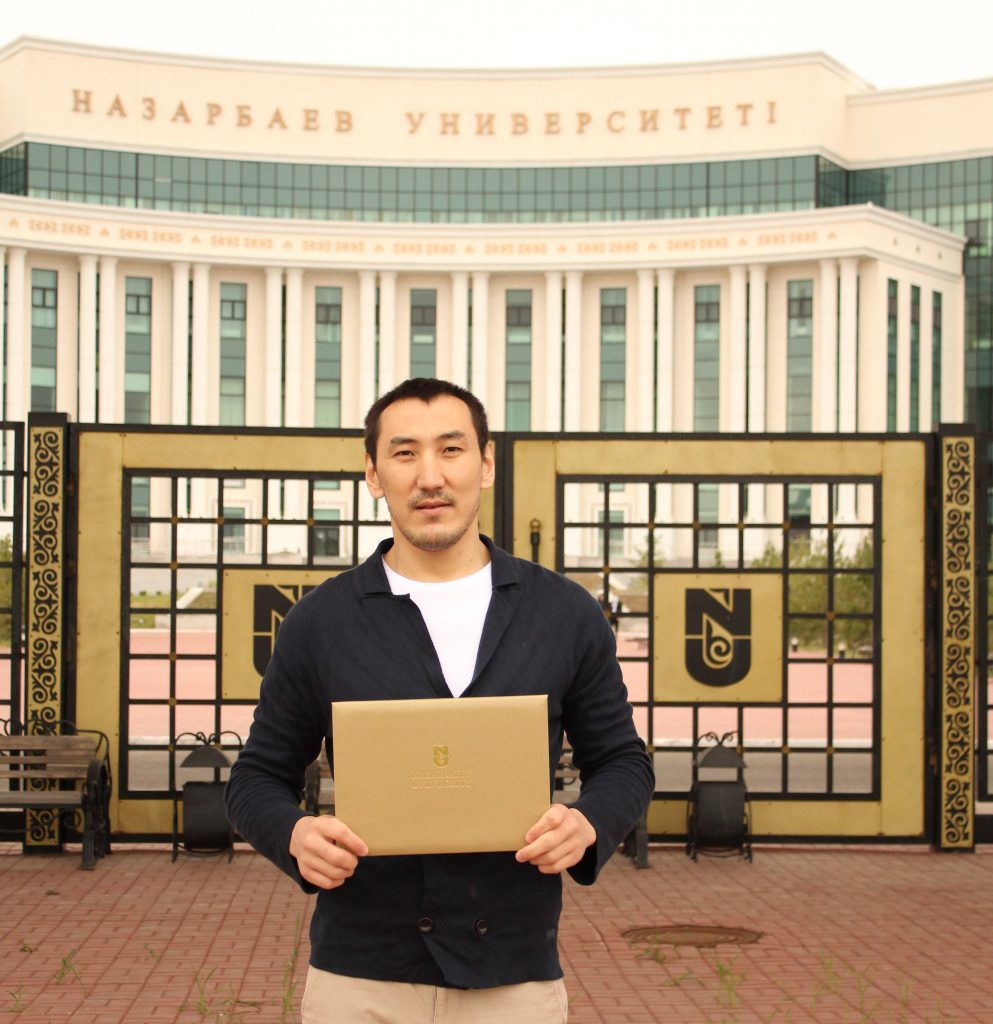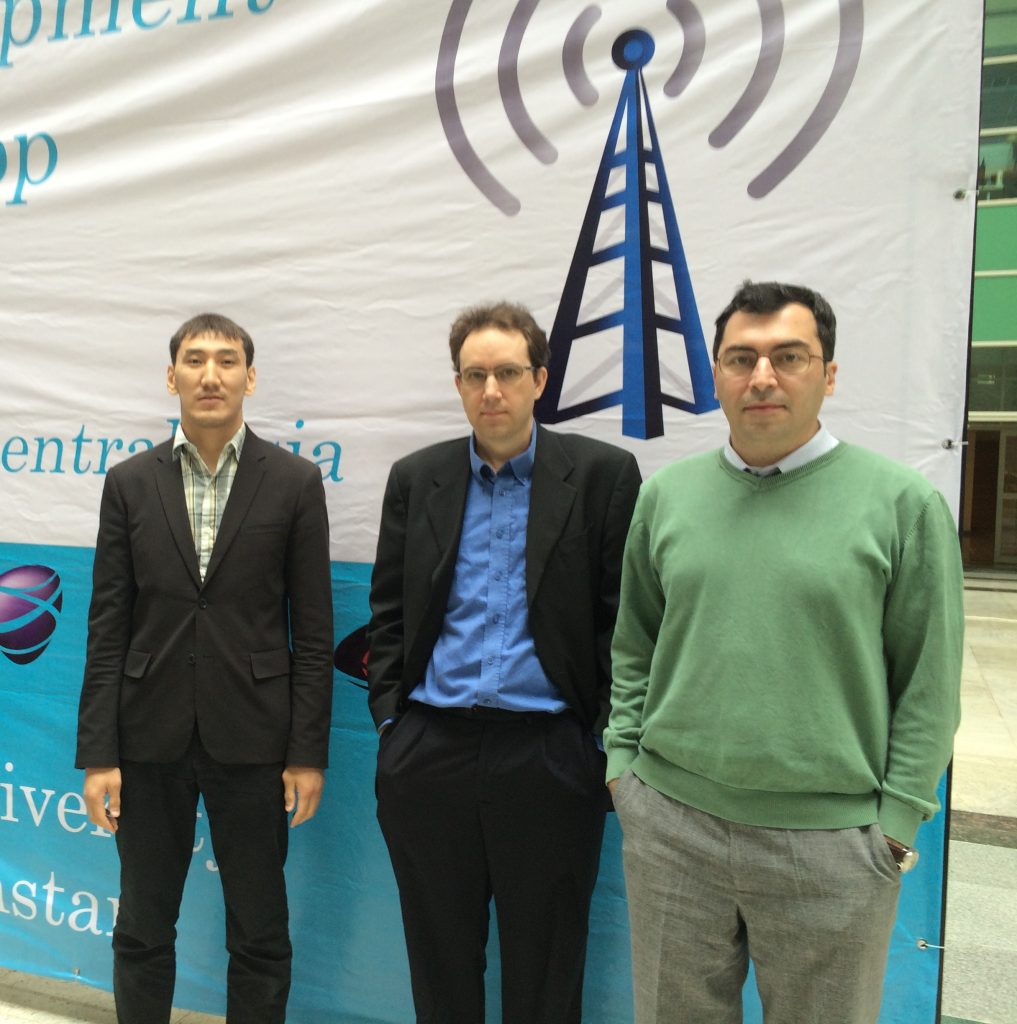NU PhD student developed a special algorithm to improve 5G scheme
This spring, for the first time in the history of NU, several doctoral students of the University defended their theses in a new online mode. One of those who successfully defended his scientific work was Talgat Manglayev, a student of the PhD program in Science, Engineering and Technology at the School of Engineering and Digital Sciences. He is currently teaching Web Technologies at Astana IT University.
Tell us about your thesis. How will your project contribute to the implementation of 5G in Kazakhstan?
implementation of 5G in Kazakhstan?
The topic of my thesis is “RECEIVER ARCHITECTURES AND ALGORITHMS FOR NON-ORTHOGONAL MULTIPLE ACCESS (NOMA)”. My scientific work is very relevant due to Kazakhstan’s current widespread transition to digitalization. I studied the work of NOMA or non-orthogonal multiple access in 5th generation cellular systems. Today, as the number of mobile communication users increases, receiving a signal sent and isolating the necessary information from the total data array becomes very problematic. Simple processors receive a huge number of simultaneous signals that they cannot process fast enough. Today, complex, large tasks are solved with the help of graphics cards. These cards are usually responsible for displaying the image on the screen. The heavier the video (for example, in games), the more power of a graphic card is required. Scientists use these high-power graphic cards to solve complex problems instead of the processor. In mobile communications, signals are received by the phone (tablet, etc.) or base station. In my work, I have considered using such a card on a base station. To improve its work, I developed a special architecture and algorithms to ensure that the signal processing matches the graphic card. I believe that before NOMA is launched and put into practice, this method will be widely researched.
 What can you tell us about the process of working on your thesis?
What can you tell us about the process of working on your thesis?
My research supervisor, Refik Caglar Kizilirmak, is a skilled professional and very hardworking person. At the beginning of the study we defined the topic. We shared the results of our work and participated in two scientific conferences. I also had the opportunity to visit the NVIDIA training center in Malaysia, where I learned how to write a program on a graphics card. Although I got preliminary results from this program, unfortunately, they were not successful. Later on, our university purchased a high-power NVIDIA Titan XP graphics card. For the past two years, we have been using this graphics card in our research. As a result, we published two articles about our research in scientific journals.
What was the main difficulty for you when working on your dissertation?
The most difficult thing for me was to put the results of my research into a research paper using academic English. For me, wireless communication was a new field of research, so it took me some time to learn how to write a scientific article correctly. At the same time, my experience in writing programs helped me to do this by facilitating experiments and simulations.
In your opinion, what should doctoral candidates pay attention to when starting their programs?
Candidates need to think carefully about the feasibility and the choice of the research supervisor. First, you need to know in advance if the university has the necessary laboratory facilities and equipment needed to carry out the research. Second, you should carefully consider who will be a good and appropriate research supervisor for your project.
On June 14, 2020, Nazarbayev University hosted a virtual Graduation ceremony. The 2020 Ceremony is special as this year Nazarbayev University celebrates its tenth anniversary and for the first time due to the COVID-19 pandemic, the Ceremony was digital. This year 1051 students graduated from the university, including 618 bachelor graduates, and 433 graduates from master’s and doctoral programs. A total of 345 students at the School of Sciences and Humanities, and 273 students at the School of Engineering and Digital Sciences, have completed their bachelor’s programs. The Master programs of the School of Engineering and Digital Sciences were completed by 92 students, 81 students of the Graduate School of Education, 79 students of the Graduate School of Business, 56 students of the Graduate School of Public Policy, 38 students of the School of Medicine, 35 students of the School of Sciences and Humanities, and 15 students of the School of Mining and Geosciences. This year the School of Engineering and Digital Sciences has 9 PhD graduates, while the School of Medicine (MD) has 28.

